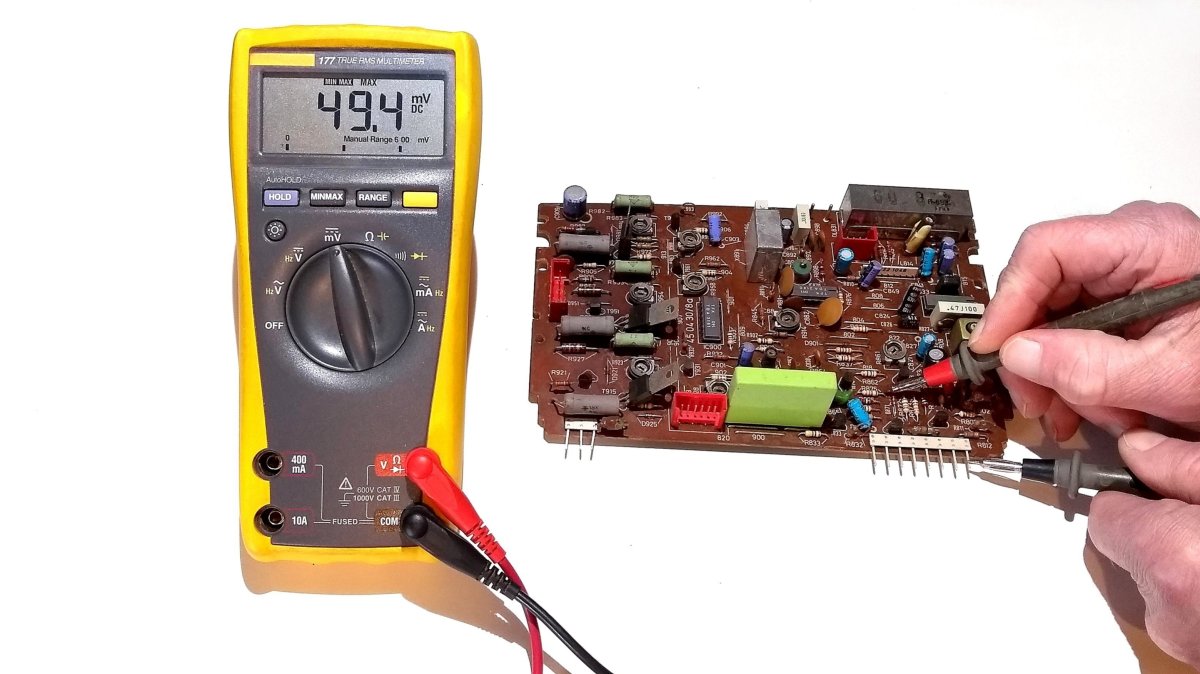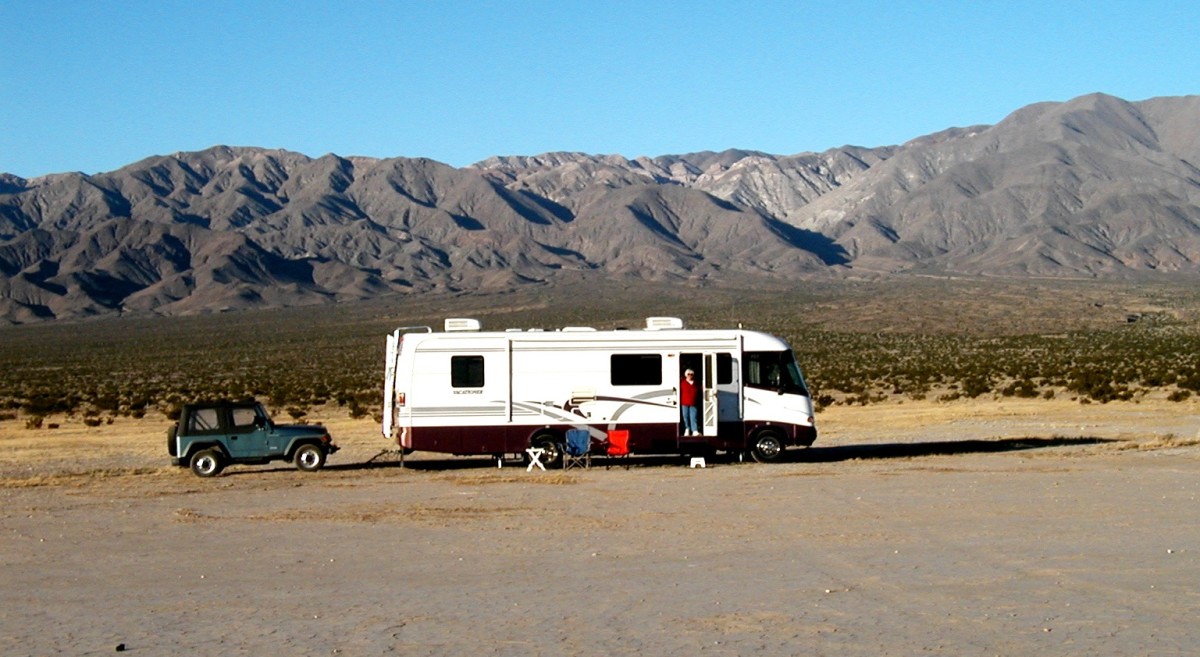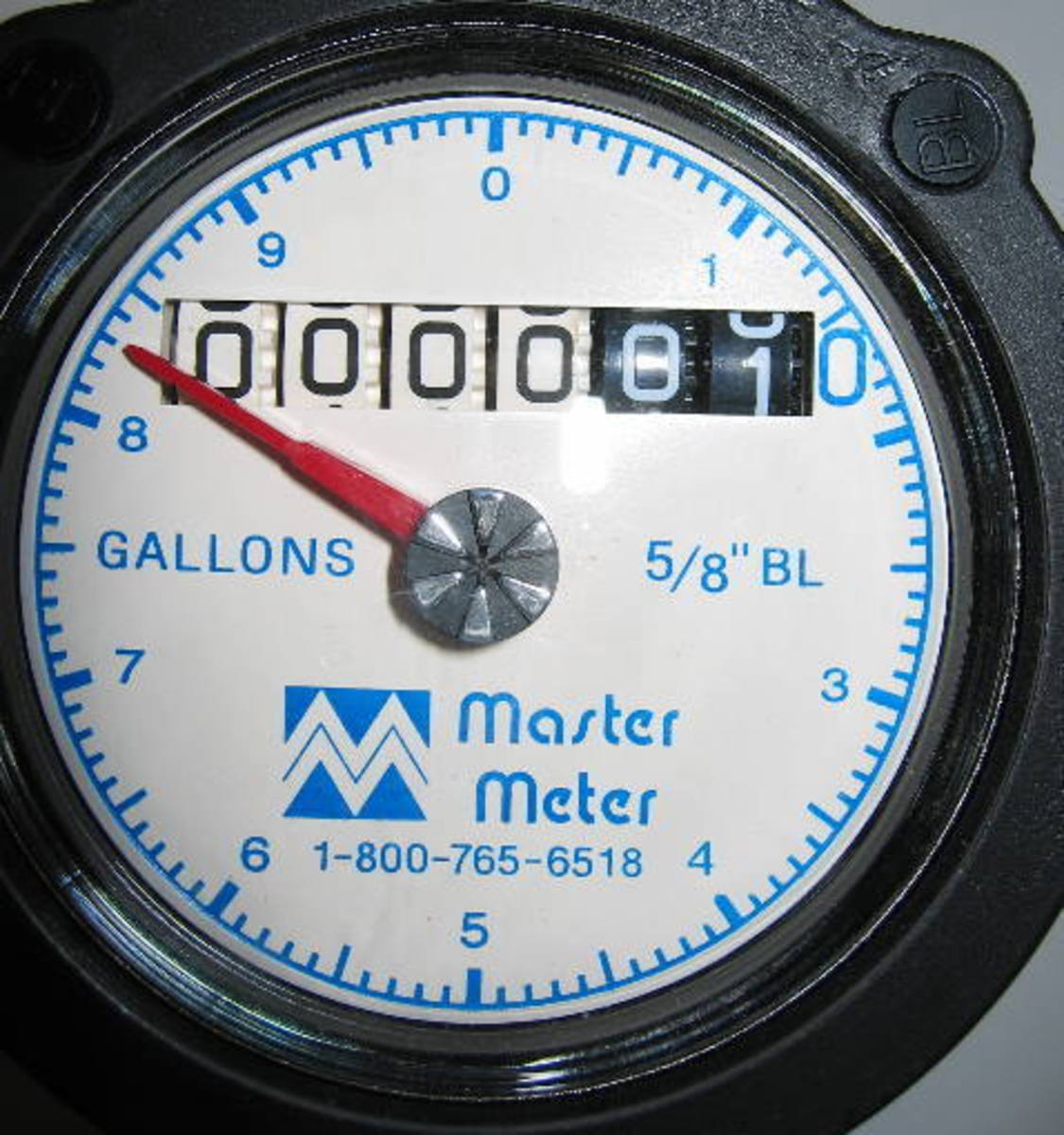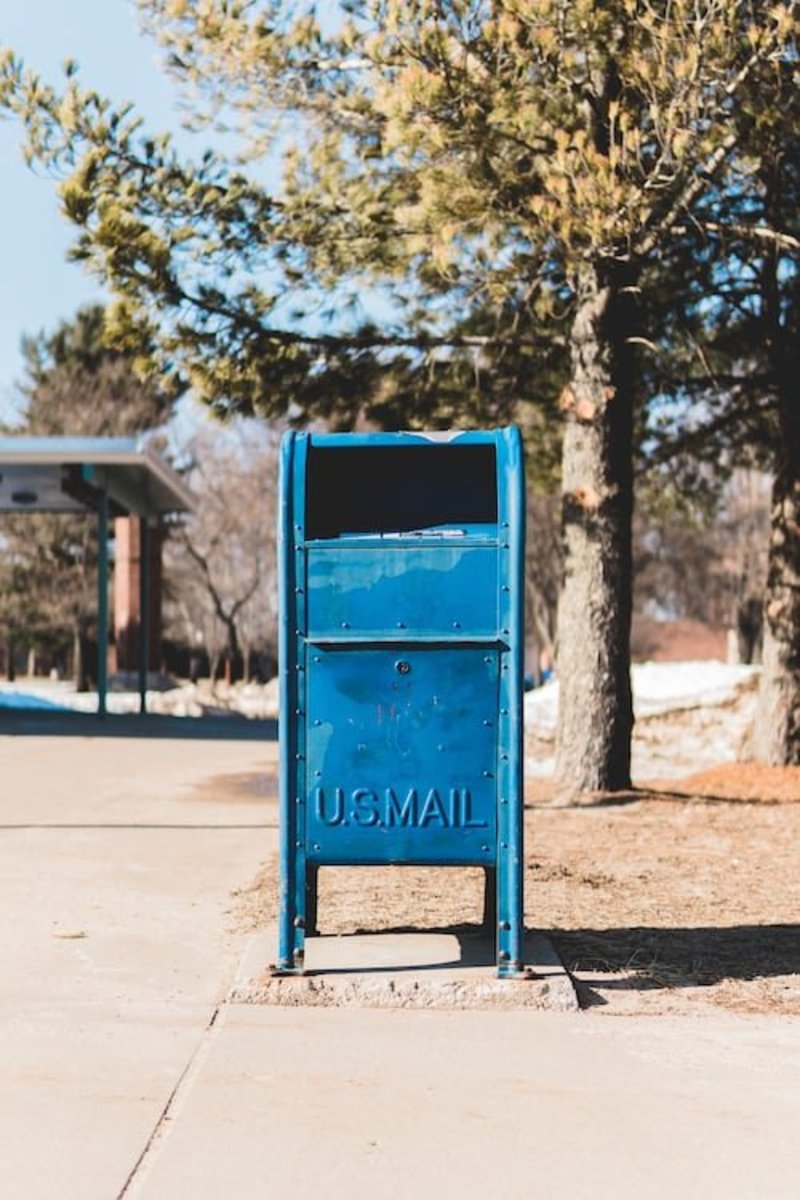Save on Parking: How to Park Cheap Anywhere
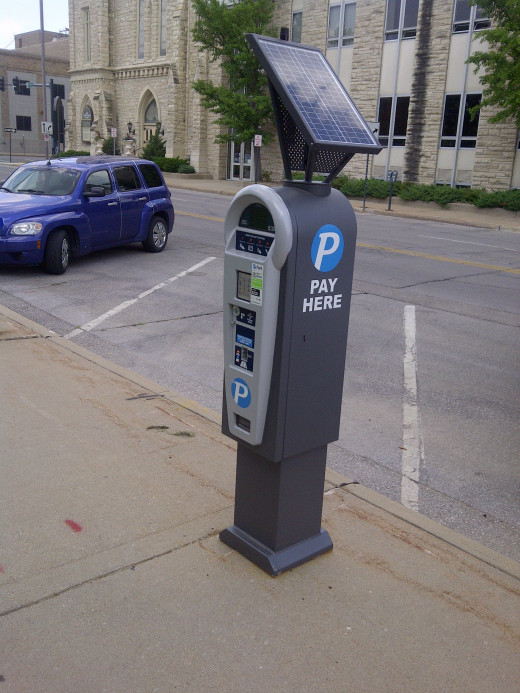
Parking Can Be Expensive
When you pay for parking, you are trading time and convenience for money. Convenient parking that is near popular destinations often costs a lot and many people are willing to pay. Many people simply accept that parking is an expense to be paid and get in the habit of paying for parking. I have never really embraced paying for parking, and am always thinking about ways to avoid paying more than necessary for parking.
If you don’t want to pay a lot for parking, there are ways to park cheaper if you are willing to park a bit further away, or use some creative strategies to cover some distance between your parking place and your destination.
Parking Options
The primary options for paid parking are parking meters and parking ramps. Understanding how these parking options work is useful to determine how to minimize parking expenses.
Parking Meters
Plugging the meter not only costs money, but it’s a hassle. Parking meters typically have a limited maximum such as 2 hours. This means you need to run out to the meter every 2 hours to put more money in. Some parking meters only accept coins, so you may need to run to a store or a bank to get change to feed the meter as well.
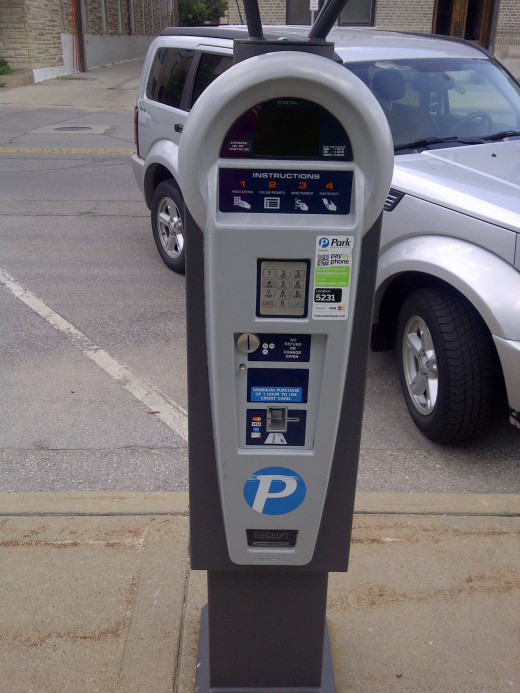
There are meters now that you can plug with a credit card instead of coins. As with other purchases, it is easier to spend money with a credit card which can be a bad thing. You don’t get the same sense of the cost of parking when paying with a credit card as you do when you see your change supply depleting. If I know I will need to feed parking meters, I pick up a roll of 40 quarters for $10 at a bank.
How Much Do Parking Meters Cost?
Parking meter rates vary with location. I have seen parking meters that charge 25 cents for 10 minutes, which adds up to $1.50 per hour. Parking meter rates of $1 per hour are fairly common. Some parking meters are only enforced during certain hours- you need to read the fine print on the parking meter to find out hours of enforcement. I recently parked at a parking meter and was about to feed it, but the fine print said it was enforced from 8am-6pm M-F. Sometimes you can park free at parking meters.
Parking Ramps
Metro areas have parking ramps available for parking. The cost of parking in a parking ramp is typically similar to parking at a parking meter or somewhat higher depending on the location. You get a ticket when you enter, and you pay by the hour for parking when you exit the parking ramp. Parking ramps protect your car from the elements while you are parked- this can be a big advantage if it hails while you are parked, and your vehicle will be protected from flying objects in case of high winds.
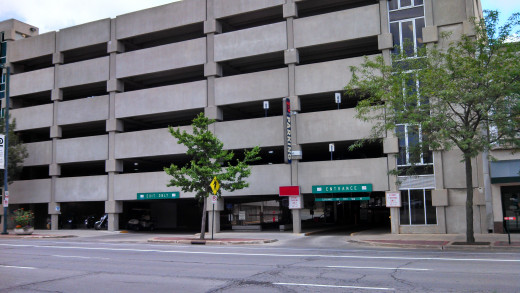
A disadvantage of parking in a parking ramp is that parking can take a long time to get in and out. When the ramp is nearly full, it takes a few minutes to drive in and find an open spot- then you need to go down stairs or take an elevator to get back to street level. Exiting the ramp can also take a long time if you are parked far from the exit, or if there is a rush of cars leaving, for example at quitting time or after an event ends.
How to Save Money on Parking
With some planning and effort, you can save a lot of money on parking, or even park for free.
How to Park Cheap
Here are tips on how to park cheap and save money on parking expenses:
Less frequent, more efficient trips to areas with paid parking. Try to plan your trip to take care of multiple tasks when you do make a trip that requires paid parking. This way you won’t need to make multiple trips and pay for parking multiple times.
Monthly rates at parking garage may make sense if you work downtown. Instead of paying for parking by the hour, you may be able to get a monthly rate for unlimited parking. You’ll probably experience sticker shock when you hear the monthly rate, but if you add up your daily parking costs over a month, you may find the monthly rate is a good deal.
Look for cheaper meters a few blocks away. The cost for parking and sometimes the maximum amount of time that you can plug the meter makes sharp transitions as you move further from downtown. In some areas there is a transition from parking meters to free parking on the street. Check to see if you can find less expensive parking rates a few blocks further away from attractions.
Carpool. Carpool with someone, or have someone drop you off and pick you up. You can share the cost, reducing parking expenses.
How to Park Free
If you are used to free parking, it is really annoying to have to pay to park. Here are some options to park free anywhere.
Parking Validation. Some businesses and government offices will validate parking. This means that if you bring in your parking ramp ticket, they will stamp it and you get some amount of free parking time. Of course, this is a good opportunity to take care of other business you have in the area while you have free parking.
Park free, then use cheap transportation. Walk, ride a bus, subway, or other public transportation at least for the last few miles to your destination to avoid parking expenses.
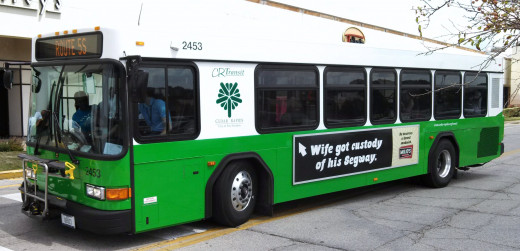
Avoid parking in areas where paid parking is the only option. Conduct your business over the phone or via internet. Find a satellite office or an alternate business location that has free parking available.
Carry a bike on your car with a bike rack, park free and ride your bike the last mile(s) to your destination. Riding a bike is more than twice as fast as walking, and you can pick up a used bike for cheap or even free if you know how.
© 2013 Dr Penny Pincher

